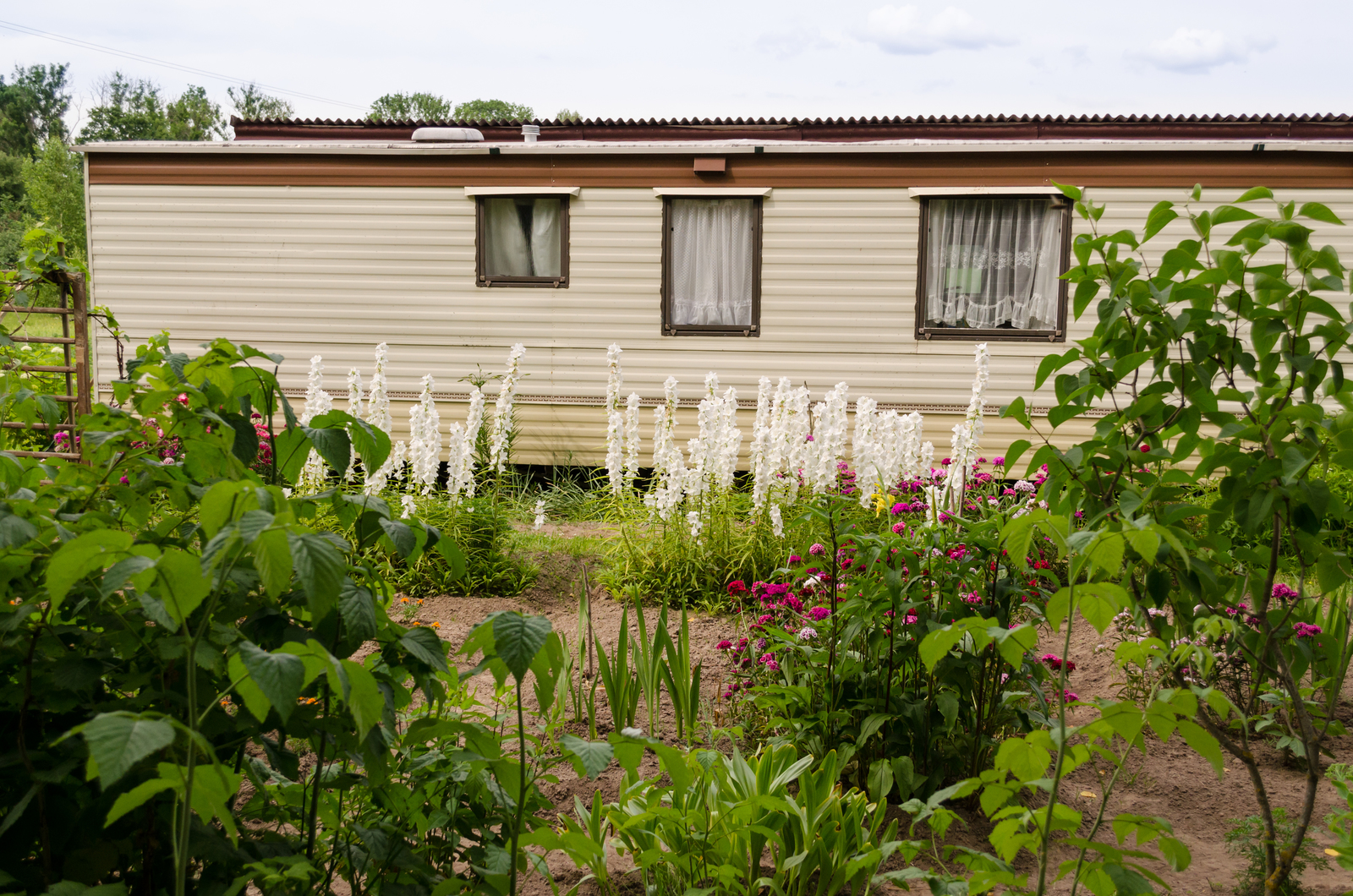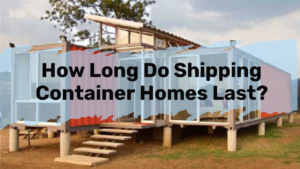A container home lifestyle is a commitment that should be made after careful thought and research. A 3-bedroom, 2 bath home is on average anywhere from 1200 to 1600 square feet. A shipping container is 160 to 320 square feet, so it can be a major downsizing from traditional homes. Going from having a lot of space to it being a commodity is one of the biggest adjustments.
Container home living is also a rewarding way to live. Reducing clutter from one’s life can also help reduce stress. Taking it off the grid and minimizing one’s carbon footprint can feel liberating. But since it is a home, there may be steps you have to go through just like when building a traditional home.
The Best Way To Prepare For Container Home Living

The best way to decide if tiny or container home living is something you can handle is to test it out first.
One method is to rent a camp trailer for a month to see if you can even stand being in tight quarters for long periods of time.
There are places that rent out container homes on Airbnb which would give you the perfect example of container home living.
Even if it’s to go out to the mountains and glamp for a week, you really should find a way to experience tiny living first before spending time and money on a house that in the end doesn’t fit your needs.
Once you decide to move forward with container living, there are several things to consider. Let’s look at some of those considerations.
Where To Live?
The great thing about container homes is that they are so versatile in where they can be used. They’re used as cabins in the mountains, houses on prime beachfront. Town or country living.
Whether you plan on living on or off the grid can play a big part in where to get land. The further away from cities and towns you are, the more difficult it may be to get power, water and other necessities.

Budget Planning

Next comes the planning phase of your new home. Here you want to come up with detailed plan, especially if working within a tight budget.
Without planning, costs can add up quickly and sour your mood from the very beginning. Two things to take into consideration here, is what is your budget, and what do you want to build?
Often people get excited about what they want to build and start right away without realizing the overall cost of building.
If you are working in a budget decide what is critical and important, the things that must happen and be built before you can move in and take care of those first.
Anything else, like fixtures, painting, and flooring can all be upgraded later easily.
Once you’ve set your budget, a good rule of thumb is to set aside at least twenty percent for any unforeseen events or emergencies that come up during construction.
Finding a Shipping Container?
Unless you live in a port city and know exactly where to go to buy used shipping containers this first step can seem daunting. Local ads, Craigslist, or even eBay are places to start looking.
With the demand of container homes going up there are some companies online that specialize in procuring and shipping containers all over the country.
Companies will deliver containers just about anywhere. There are always caveats, like places the trucks and trailers can’t get to, in which case additional transportation is required and usually the responsibility of the purchaser to take care of.

Some things to keep in mind; shipping containers aren’t all made of the same quality of steel. The ones that are used for container homes are made of COR-TEN steel which is incredibly durable and weather resistant.
So, if you are not purchasing a pre-fab container home, see if you can check out the container before you purchase it. You want to ensure that you are getting a container that is structurally sound.
Cost Or Expense

Shipping containers can range in cost from $1000 to $5000 depending on size and condition. A shipping container is usually in service for 10 years and will be more on the cheap end of the price range. One Trip containers, like the name suggests, are used once, then sold.
Labor is one of those costs that will fluctuate depending on location, but plan on $50 to $150 an hour. Plan on about $10,000 to $15,000 on labor.
Cities and towns all have different building codes, you can save some money on DIY work. However, hiring a local builder and/or contractor would be a good idea, since they would know what permits and building codes apply for the city and surrounding areas.
There is always the option to buy a ready to live in container home. These can run anywhere from $15,000 and up depending on size, materials used in construction, and location. There are even container homes that cost as much as a stick framed house.
The Bottom Line
There is a lot to think about in regards to being ready for container living. Is this really the lifestyle you want? It’s important to do the research and to even experiment living in a smaller, compact living space. Once you made your decision – go for it!



